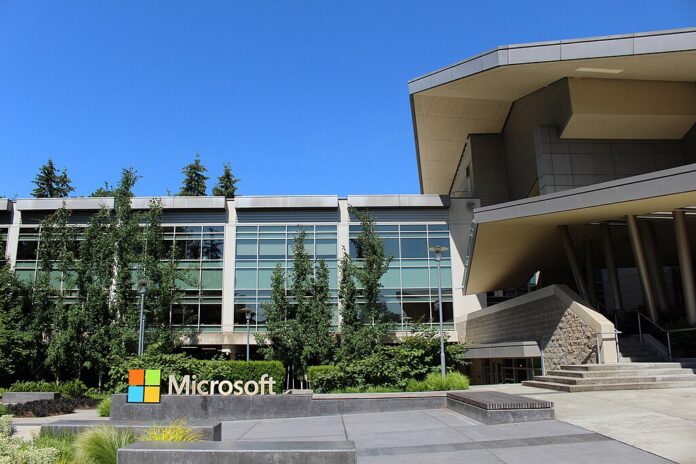Executives push AI takeover as 4% of Microsoft’s global staff face redundancy in sweeping cuts
Microsoft is laying off 9,000 employees—around 4% of its global workforce—as the company accelerates its shift to artificial intelligence, ordering staff to hand over routine tasks to chatbots and automation tools.
The sweeping job cuts mark one of the largest workforce reductions since the tech giant began pivoting to generative AI in 2023. Sources say the redundancies span multiple departments, including engineering, marketing, and customer support, with some staff learning of their termination via internal emails this week.
Chief executive Satya Nadella defended the decision, citing a radical transformation in how work is done inside the company. “More than 30% of Microsoft’s code is now written by AI,” he told employees in a virtual town hall. “The future of our productivity depends on embracing this change, not resisting it.”
The announcement comes as Microsoft leans heavily on its $13 billion investment in OpenAI and expands Copilot—its AI assistant tool—across Office, Azure, and developer platforms. With AI increasingly handling coding, documentation, and admin tasks, executives have made it clear: if AI can do the job, humans won’t.
Staff were told that they must now delegate eligible workloads to AI systems to improve efficiency and focus on “higher-order thinking and strategic value creation.” One senior manager described it as a “marching order from the top.”
The company’s latest Copilot update allows users to automate email replies, summarise meetings, write code, and even generate entire presentations. In internal documents reviewed by The Telegraph, Microsoft estimated that Copilot adoption had already replaced 1.7 million hours of human labour this quarter alone.
However, the layoffs have sparked anxiety among employees and industry watchers alike. “It’s one thing to enhance your team with AI. It’s another to replace them wholesale,” said Sarah Connelly, a technology analyst at Bernstein. “We’re watching the early stages of a workplace transformation that will make the 2010s automation wave look quaint.”
Among those hit are many junior engineers and back-office staff, roles Microsoft claims are now “better served by automated systems.” While severance packages have been offered, some affected employees took to social media to describe being “blindsided,” with one saying they had been “training an AI to do my job—and then it did.”
Embed from Getty ImagesUnion leaders in the tech sector have condemned the move. “These are not redundancies driven by crisis or recession,” said James Barrett of the Tech Workers Coalition. “They’re driven by profit and the belief that machines can replace people. It’s cold, calculated, and dangerous.”
Microsoft has not commented on which offices will be most affected, though insiders say the cuts are global, with a significant number in the United States and Europe.
Despite the layoffs, Microsoft’s stock rose 3% following the announcement, with investors seemingly encouraged by the prospect of tighter margins and enhanced AI capabilities.
But some experts are warning of a longer-term economic shock. “If Microsoft, the world’s second-most valuable company, is normalising AI-induced layoffs, expect a domino effect across the entire tech sector,” warned Connelly.
Nadella insists the move is about “evolution, not elimination,” and says Microsoft will invest in retraining programmes for remaining staff. “We want to equip everyone here to be AI-first thinkers,” he said.
Yet for 9,000 former employees, the message was clear: adapt to AI—or be left behind.
